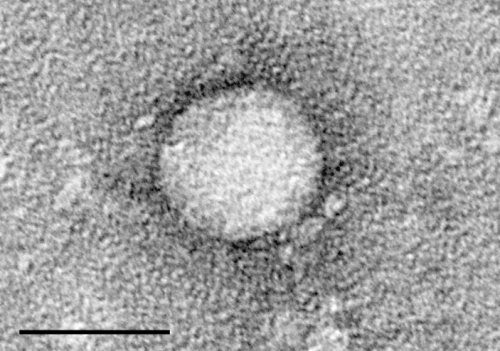Team develops hepatitis C model that could help improve treatment

The University of Surrey has created a new mathematical model that details how the Hepatitis C (HCV) infection develops and behaves more accurately than previous models. This new model has the potential to improve treatment for the infection that affects 215,000 people in the United Kingdom.
HCV is a virus that infects the liver and, if left untreated, can potentially be life-threatening. The virus is usually spread through blood to blood contact and often doesn't have any noticeable symptoms until the liver is significantly damaged. When symptoms surface—such as tiredness, loss of appetite and vomiting—they are regularly mistaken for other conditions.
In a new paper published by the journal Viruses, Professor of Mathematics Philip Aston proposes a new mathematical model that may give clinicians and drug manufacturers a better understanding of the effect of drug treatment on the virus. The model was developed by taking account of recent biological insights into the dynamics of the infection and incorporating these into the model.
The new model has given rise to three recommendations for changes in the treatment of HCV:
- If the infection is caught and treated in the early stages, then a lower drug dose may be effective in eliminating the infection.
- If the concentration of the virus in a patient's blood increases after their treatment ends, then continuing with a low level of drug treatment may keep their infection at a small and manageable level.
- The drug dose could be reduced as treatment progresses which would reduce the cost of treatment as well as providing a reduction in side effects for the patient.
According to the World Health Organisation, there are an estimated 71 million people in the world that have chronic HCV infection which, if left untreated, may result in cirrhosis of the liver or liver cancer. Around 1.8 million new HCV infections occur each year and almost 400,000 people die each year from the infection.
Philip Aston, Professor of Mathematics at the University of Surrey and author of the paper, said: "We have developed a mathematical model that is better able to predict the dynamics of hepatitis C infection during treatment. We believe that this new model provides an opportunity to improve the treatment for patients who are suffering from this illness."
More information: A New Model for the Dynamics of Hepatitis C Infection: Derivations, Analysis and Implications; Viruses 10(4), 195, April 2018.


















